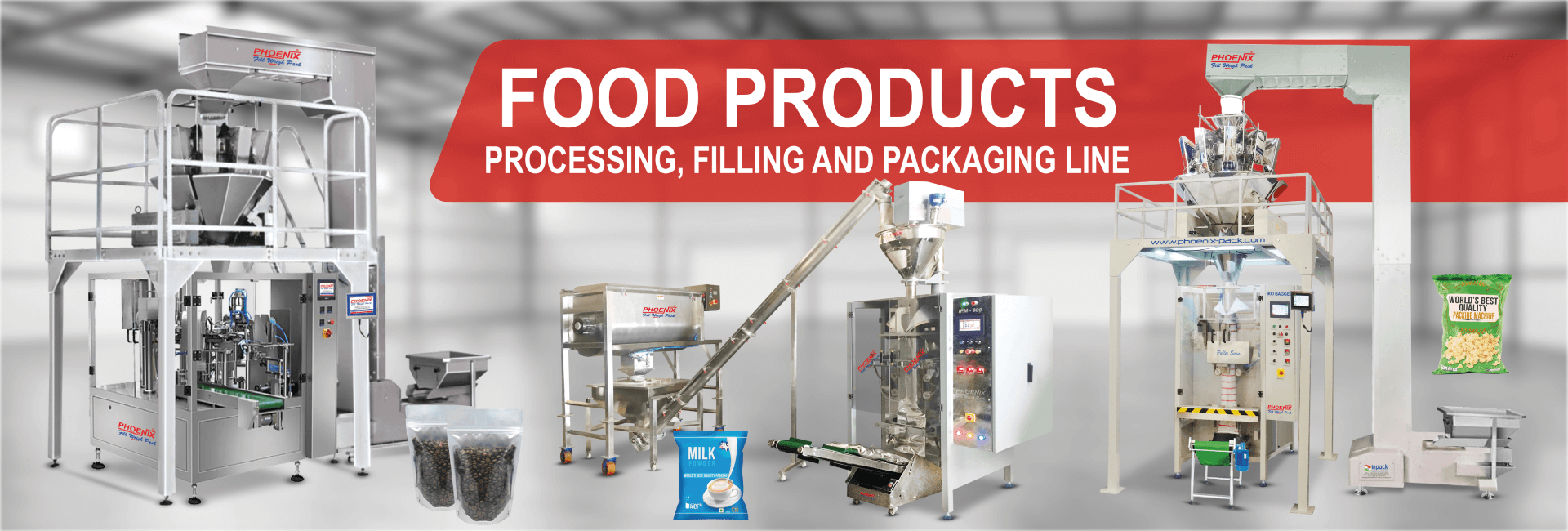How Can Chemical Blending Improve Your Product Quality?
In the world of manufacturing, the quality of a product is paramount. For industries that rely on chemical formulations—such as cosmetics, pharmaceuticals, food and beverage, and industrial applications—chemical blending plays a crucial role in ensuring that products meet the desired specifications and performance standards. This article explores how chemical blending can enhance product quality, the processes involved, and the benefits it brings to various industries.
Understanding Chemical Blending
Chemical blending is the process of combining two or more chemical substances to create a homogeneous mixture. This process is essential in various industries, as it allows manufacturers to achieve specific properties and characteristics in their final products. The blending process can involve liquids, powders, or granules, and it can be performed using different techniques, including mechanical mixing, agitation, and emulsification.
The Importance of Chemical Blending
The significance of chemical blending cannot be overstated. It is a fundamental step in the production of many products, and its impact on quality is profound. Here are some key reasons why chemical blending is important:
-
Consistency: One of the primary goals of chemical blending is to achieve consistency in product formulation. Consistent blending ensures that each batch of product has the same properties, which is crucial for maintaining quality and meeting customer expectations.
-
Enhanced Performance: Properly blended chemicals can enhance the performance of a product. For example, in the paint industry, blending pigments and binders can result in a more durable and vibrant finish.
-
Cost Efficiency: Effective blending can lead to more efficient use of raw materials, reducing waste and lowering production costs. This efficiency can ultimately improve the overall quality of the final product.
How Chemical Blending Improves Product Quality
1. Achieving Desired Properties
Chemical blending allows manufacturers to tailor the properties of their products to meet specific requirements. For instance, in the food industry, blending different ingredients can enhance flavor, texture, and nutritional value. In the cosmetics industry, blending various oils and emulsifiers can create creams and lotions with the desired consistency and moisturizing properties.
2. Ensuring Homogeneity
A well-blended product is homogeneous, meaning that its components are evenly distributed throughout the mixture. This homogeneity is crucial for product quality, as it ensures that each unit of the product performs consistently. For example, in pharmaceuticals, a homogeneous blend of active ingredients ensures that each tablet or capsule delivers the correct dosage.
3. Improving Stability
Chemical blending can enhance the stability of a product, reducing the likelihood of separation or degradation over time. In the case of emulsions, such as lotions and creams, proper blending techniques can create stable mixtures that do not separate, ensuring that the product remains effective throughout its shelf life.
4. Enhancing Compatibility
Certain chemicals may not be compatible when mixed, leading to undesirable reactions or changes in properties. Chemical blending allows manufacturers to identify and combine compatible substances, resulting in a product that performs better and has a longer shelf life. For example, in the production of adhesives, blending compatible polymers can improve adhesion and flexibility.
5. Custom Formulations
Chemical blending enables manufacturers to create custom formulations tailored to specific applications or customer needs. This flexibility allows companies to differentiate their products in the market and meet the unique demands of their customers. For instance, a manufacturer of cleaning products can blend various surfactants to create a formulation that effectively removes grease while being gentle on surfaces.
The Role of Technology in Chemical Blending
Advancements in technology have significantly improved the chemical blending process, leading to higher product quality. Here are some ways technology enhances blending:
-
Precision Mixing Equipment: Modern blending equipment allows for precise control over mixing parameters, such as speed, temperature, and time. This precision ensures that the blending process is consistent and reproducible.
-
Real-Time Monitoring: Many blending systems now incorporate sensors and monitoring technology that provide real-time data on the blending process. This data allows manufacturers to make adjustments on the fly, ensuring optimal blending conditions and product quality.
-
Automation: Automated blending systems reduce the risk of human error and improve efficiency. Automation can streamline the blending process, allowing for faster production times and consistent quality.
What People Also Ask
What is chemical blending?
Chemical blending is the process of combining two or more chemical substances to create a homogeneous mixture. This process is essential in various industries to achieve specific properties and characteristics in final products.
How does chemical blending improve product quality?
Chemical blending improves product quality by ensuring consistency, achieving desired properties, enhancing stability, improving compatibility, and allowing for custom formulations tailored to specific applications.
What industries benefit from chemical blending?
Many industries benefit from chemical blending, including cosmetics, pharmaceuticals, food and beverage, paints and coatings, and cleaning products. Each industry relies on blending to create high-quality products that meet customer expectations.
What equipment is used in chemical blending?
Chemical blending can involve various types of equipment, including mixers, blenders, emulsifiers, and agitators. The choice of equipment depends on the specific materials being blended and the desired properties of the final product.
How can technology enhance the chemical blending process?
Technology enhances the chemical blending process through precision mixing equipment, real-time monitoring, and automation. These advancements improve consistency, efficiency, and overall product quality.
Conclusion
Chemical blending is a critical process that significantly impacts product quality across various industries. By achieving desired properties, ensuring homogeneity, improving stability, and enabling custom formulations, chemical blending enhances the performance and reliability of products. As technology continues to advance, the blending process will become even more efficient and precise, further improving product quality. For manufacturers looking to enhance their offerings, investing in effective chemical blending practices is essential for staying competitive in today’s market. Embracing the benefits of chemical blending can lead to higher customer satisfaction, increased brand loyalty, and ultimately, greater success in the industry.
What's Your Reaction?




























